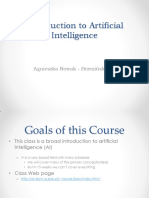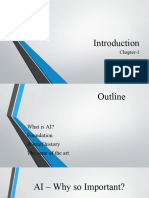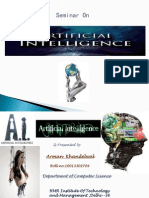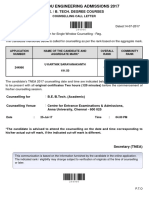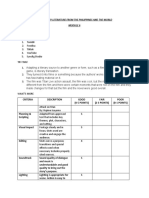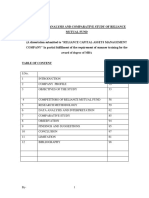0% found this document useful (0 votes)
11 views102 pagesIntro To Ai
The document provides an introduction to Artificial Intelligence (AI), covering its definitions, history, and foundational concepts. It discusses the nature of intelligence, the development of AI as a field, and various applications and approaches to AI, including intelligent agents and their characteristics. Additionally, it highlights the advantages and disadvantages of AI, as well as the mathematical, neuroscientific, and linguistic foundations that support its development.
Uploaded by
rautmanasi2004Copyright
© © All Rights Reserved
We take content rights seriously. If you suspect this is your content, claim it here.
Available Formats
Download as PDF, TXT or read online on Scribd
0% found this document useful (0 votes)
11 views102 pagesIntro To Ai
The document provides an introduction to Artificial Intelligence (AI), covering its definitions, history, and foundational concepts. It discusses the nature of intelligence, the development of AI as a field, and various applications and approaches to AI, including intelligent agents and their characteristics. Additionally, it highlights the advantages and disadvantages of AI, as well as the mathematical, neuroscientific, and linguistic foundations that support its development.
Uploaded by
rautmanasi2004Copyright
© © All Rights Reserved
We take content rights seriously. If you suspect this is your content, claim it here.
Available Formats
Download as PDF, TXT or read online on Scribd
/ 102

























